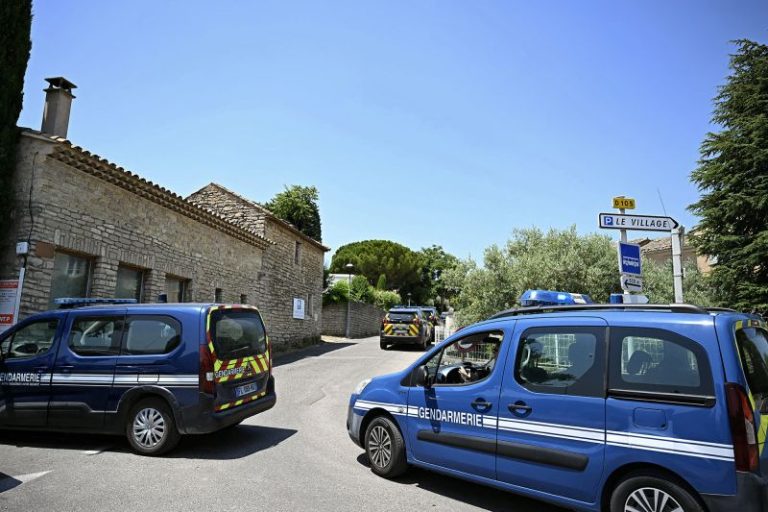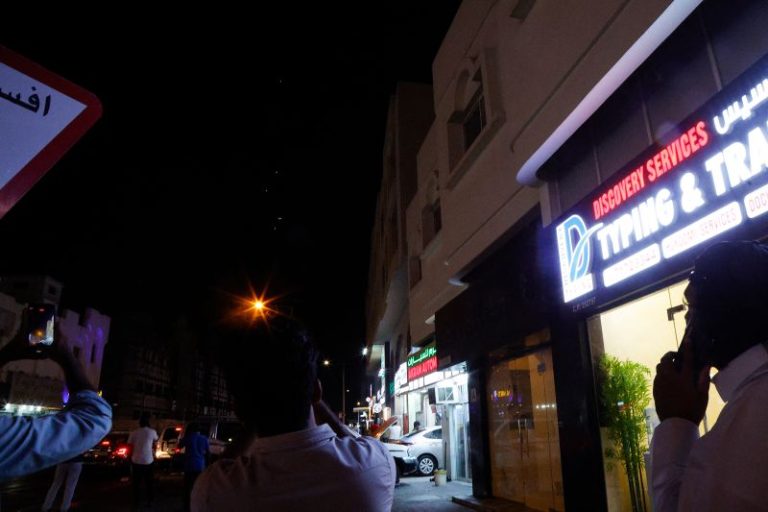In the past 48 hours, the Middle East has witnessed an unprecedented US airstrike on Iran with its most powerful non-nuclear weapons, an Iranian retaliatory strike on the largest US air base in the region, to an apparent truce that will see Iran and Israel end their hostilities that have set the world on edge.
The region and the wider world watched warily as events unfolded overnight into Tuesday, but with a degree of hope as daylight broke in the region that what US President Donald Trump called the “12 Day War” may be over.
“THE CEASEFIRE IS NOW IN EFFECT. PLEASE DO NOT VIOLATE IT!” Trump wrote on his Truth Social account.
Around the same time, Israeli emergency workers were at the site of what appeared to be Iran’s final attack of the 12-day conflict, a missile strike in Beer Shiva that left at least five people dead and 20 wounded.
It could be the last hostile act of two days of whipsawing developments leading up to Trump’s surprise announcement of a ceasefire.
Here’s the situation Tuesday in the Middle East.
On Monday evening in Washington, the US president announced the ceasefire.
“It has been fully agreed by and between Israel and Iran that there will be a Complete and Total CEASEFIRE,” Trump said in a social media post.
“I would like to congratulate both Countries, Israel and Iran, on having the Stamina, Courage, and Intelligence to end, what should be called, “THE 12 DAY WAR,” Trump said.
Trump said the ceasefire would be phased in, with Iran ending attacks on Israel first, then Israel stopping its attacks on Iran 12 hours later. But the exact timing of those events was unclear.
During the negotiations, Trump communicated directly with Israeli Prime Minister Benjamin Netanyahu, while Vice President JD Vance, Secretary of State and National Security Adviser Marco Rubio and special envoy Steve Witkoff negotiated the terms, through direct and indirect channels, with the Iranians, the source said.
Trump said in a later social media post that both Israel and Iran came to him to get a ceasefire done.
Iranian state media reported, however, that Trump sought the ceasefire deal “in a begging-like manner” after the attack on the US air base in Qatar.
Whether a ceasefire will hold remains to be seen.
Around the time Iran was supposed to have stopped its attacks under the Trump timeline, its missiles hit Israel, killing at least five civilians, according to Israeli officials.
Just hours before Trump’s ceasefire announcement, Iran fired about a dozen short- and medium-range ballistic missiles at the Al Udeid Air Base in Qatar, the largest US military installation in the Middle East.
But Tehran tipped both the US and Qatar that the strike was coming, and air defenses, including Patriot missile batteries, were able to intercept all but one of the incoming Iranian missiles, according to US and Qatari officials. No deaths or injuries were reported in Qatar.
In a social media post, Trump thanked Iran for warning the missile attack was coming.
“Most importantly, they’ve gotten it all out of their ‘system,’ and there will, hopefully, be no further HATE. I want to thank Iran for giving us early notice, which made it possible for no lives to be lost, and nobody to be injured,” Trump said.
“Tehran’s choice to limit its retaliation and deescalate the crisis is rational on their part given overwhelming US strength and Iranian weakness,” said Rosemary Kelanic, director of the Middle East Program at Defense Priorities.
Israel’s contention that Iran would soon be able to build a nuclear weapon was the impetus for the conflict, which began with Israel Defense Forces strikes on Iranian nuclear facilities and against Iran’s military and nuclear program scientists on the night of June 12-13.
Trump followed on Israel’s airstrikes by ordering an attack on Iranian nuclear facilities, including a fleet of US B-2 bombers to dropping fourteen 30,000-pound Massive Ordnance Penetrator bombs on two deeply buried sites in Iran, the first time weapon had been used in combat.
Trump administration officials said Iran’s nuclear weapons program, which they said was just days away from the ability to make a nuclear bomb, was set back years by the US strikes.
Experts were more skeptical, saying Iranian stores of enriched uranium may have escaped destruction in the US strikes and Tehran may be able to make a weapon in just a few months.
The Middle East has been a tinderbox since October 2023, when Hamas militants from Gaza entered Israel in force, killing hundreds and taking dozens more hostage.
Israel responded with an invasion of the Palestinian enclave to root out Hamas from tunnels and other fortifications that has left over 55,000 people dead, much of Gaza in ruins and its population of 2.1 million at risk of famine, according to the World Health Organization.
While the world’s attention has been on Israel’s fighting with Iran, dozens of people have been killed by Israeli forces in Gaza as they scramble to get the limited food aid allowed into the territory, including 21 in the past day, Palestinians say.
A group advocating for the return of Israeli hostages held in Gaza has called for the ceasefire between Israel and Iran to be expanded to include the war-torn enclave.
“Those who can achieve a ceasefire with Iran can also end the war in Gaza,” the Hostages and Missing Families Forum said in a statement Tuesday.
The forum said the ceasefire “must expand to include Gaza” and called on the government “to engage in urgent negotiations that will bring home all the hostages and end the war.”
“After 12 days and nights during which the people of Israel could not sleep because of Iran, we can finally go back to not sleeping because of the hostages,” the forum said.
Israeli opposition leader Yair Lapid echoed those sentiments, writing in a post on X: “And now Gaza. This is the moment to close that front as well. To bring the hostages home, to end the war. Israel needs to start rebuilding.”
This post appeared first on cnn.com




